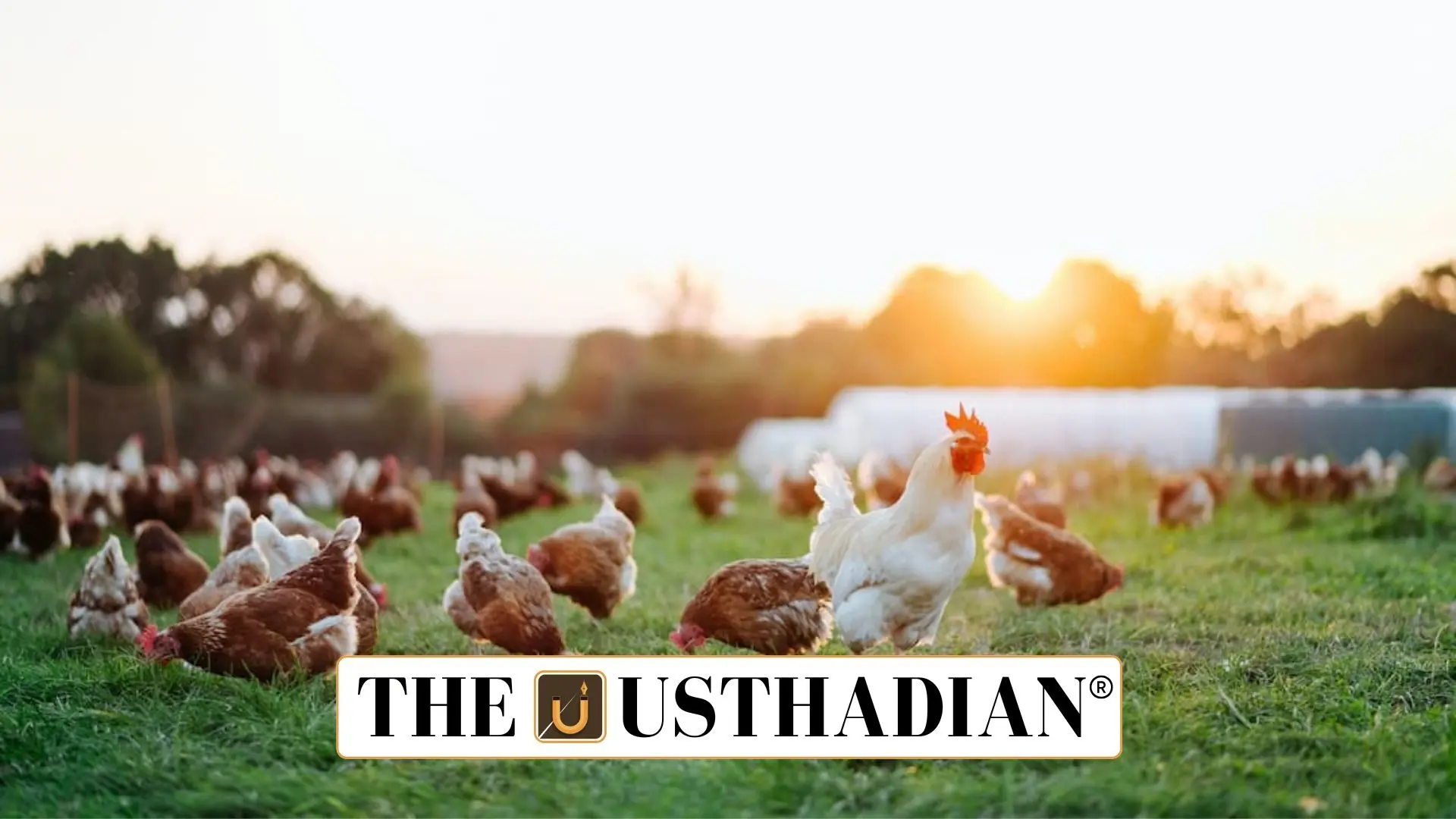A Shocking Crisis in Barwala’s Poultry Belt
Ranikhet Disease Outbreak Strikes Poultry Farms in Haryana: In early May 2025, a serious outbreak of Ranikhet disease has hit poultry farms in Barwala and Raipur Rani, regions located in Panchkula, Haryana. Over 1.5 lakh chickens have died within just a week, sending shockwaves through India’s poultry sector. Farmers are drawing parallels to the 2006 epidemic, which devastated poultry businesses and led to widespread bankruptcies.
What is Ranikhet Disease?
Ranikhet disease, commonly known as Newcastle disease, is a highly contagious viral infection that mainly affects birds, especially poultry like chickens, ducks, turkeys, and pigeons. In severe outbreaks, the disease can lead to 100% mortality, making it one of the most dreaded threats in poultry farming.
This virus attacks the respiratory system, leading to gasping, coughing, and sudden drop in egg production. Infected birds may also show neurological symptoms like twisting of the neck or tremors. What makes this disease dangerous is its ability to spread fast—through direct contact, contaminated feed or water, and even through air particles (aerosols).
Cold Weather Making Things Worse
Unusually cold weather in northern India, especially with temperatures dropping below 5°C, has made the outbreak worse. Older birds, already weak due to age, are dying in large numbers. Farmers have pointed out that the pandemic years limited new chick replacements, leaving only aging flocks vulnerable to harsh winter diseases like Ranikhet.
Imagine a situation where a cold virus spreads through a class of senior citizens while the younger, healthier group isn’t even around. That’s how severe the damage is in farms with older chickens.
Investigation Underway: NRDDL Steps In
The Northern Regional Disease Diagnostic Laboratory (NRDDL), based in Panchkula, is now conducting forensic investigations to confirm the exact cause of death in these farms. Their role is crucial, as early identification of the virus strain can help contain the spread and possibly introduce targeted vaccination campaigns.
A Look Back: 2006 and 2014 Outbreaks
This is not the first time Barwala has suffered such a blow. Back in 2006 and again in 2014, the region witnessed deadly outbreaks of avian influenza (bird flu). Many small and mid-sized poultry farmers lost their entire stock within days. As a major poultry hub in Asia, Barwala houses over 115 poultry farms, making it extremely sensitive to viral infections.
Human Health Risks and Zoonotic Threats
While Ranikhet primarily targets birds, humans aren’t completely safe. People working closely with infected birds or samples—especially lab technicians or farm workers—are at risk of developing conjunctivitis, an eye infection. Although rare, this underlines the importance of biosecurity measures, like wearing gloves and disinfecting equipment.
The Bigger Picture for India’s Poultry Sector
The outbreak couldn’t have come at a worse time. With India striving to become a global poultry exporter, any such crisis can affect food security, rural incomes, and international trade reputation. Immediate steps are needed—ranging from surveillance and vaccination to educating farmers about sanitation and timely reporting.
Static GK Snapshot
| Topic | Fact |
| Disease Name | Ranikhet Disease (Newcastle Disease) |
| Affected Regions (2025) | Barwala & Raipur Rani, Panchkula, Haryana |
| Mortality Rate | Up to 100% in severe outbreaks |
| First Major Outbreak in India | 1926 (Reported from Tamil Nadu) |
| Investigating Agency | Northern Regional Disease Diagnostic Laboratory (NRDDL), Panchkula |
| Zoonotic Nature | Yes – causes conjunctivitis in humans handling infected birds |
| Major Past Outbreaks | 2006, 2014 – Barwala region |
| India’s Poultry Industry Rank | Among top 3 egg producers globally |








